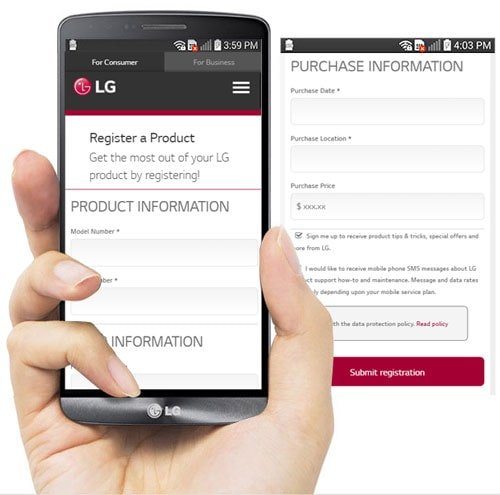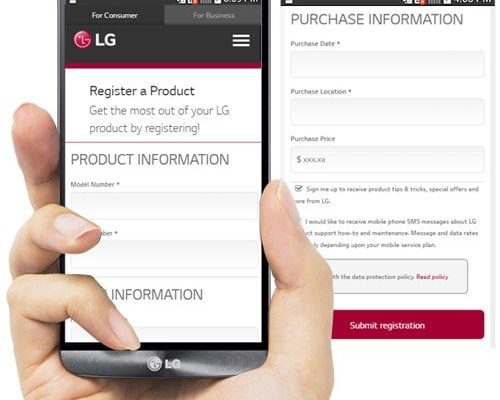
Honestly, warranties can sometimes seem like a maze of fine print and confusing rules. I get it. Picture this: you’re handing over your LG dishwasher to someone, and you want to make sure they’re covered just as well as you were. Let me explain how LG handles warranty transfers, what you should watch out for, and how to make sure both you and the new owner don’t get stuck with unexpected repair bills.
Understanding What an LG Dishwasher Warranty Covers
Before diving into whether you can transfer the warranty, it helps to know what the warranty actually covers. LG dishwashers typically come with a manufacturer’s warranty that protects against defects in parts and workmanship. This means that if a component of your dishwasher breaks or fails due to a manufacturing fault, LG will repair or replace it within a specific time frame—usually one year for most parts and sometimes longer for key components like the motor.
Now, warranties usually don’t cover damage from misuse, accidents, or regular wear and tear. So if your dishwasher is acting up because someone dropped a heavy pan inside or it was installed incorrectly, the warranty might not help. The warranty is *really* designed to protect you from hidden factory issues, not from things that happen after you take the dishwasher home.
Is the LG Dishwasher Warranty Transferable?
Here’s the thing: most LG dishwasher warranties are *not* automatically transferable to a new owner. The warranty generally applies to the original purchaser—the person who bought the dishwasher brand-new and registered it with LG. This means if you sell your dishwasher, the warranty usually doesn’t follow it like a loyal puppy.
Why is that? LG’s warranty system is designed to track the owner who originally registered the product. It’s a little like software licenses: the benefits typically belong only to the first user. This isn’t unique to LG; many manufacturers have similar policies to prevent warranty misuse or fraud.
However, there can be exceptions, or certain conditions where a warranty might still apply based on proof of purchase or if the dishwasher is still under a limited or extended warranty period. It often depends on the specific terms in your LG warranty document. So, a good first step is to check your warranty booklet or LG’s website for exact rules.
What Happens If the Warranty Isn’t Transferable?
If the warranty won’t transfer, the new owner technically gets no coverage—unless they purchase an extended warranty themselves. That means any repairs needed after you sell it might have to come out of pocket.
This is where honest communication helps. If you’re selling your LG dishwasher, telling the buyer about the warranty status upfront builds trust. Sometimes, people buy used appliances knowing there’s no warranty, but it’s nice to give them a heads-up so they’re not caught off guard.
How to Check Your LG Dishwasher Warranty Status
You might be wondering, “Okay, but how do I even know if my LG dishwasher is still under warranty or if it can be transferred?” LG makes this straightforward but not always obvious.
Start with the purchase date. Most LG warranties begin on the date you buy the dishwasher from an authorized retailer. If you still have your receipt, that’s gold—because LG will ask for proof of purchase if you ever file a warranty claim.
The next step is to visit LG’s official warranty lookup tool online, where you can enter your model and serial numbers. These numbers are usually found on a sticker inside the dishwasher door.
Finally, call LG customer service if you want to double-check details or discuss the possibility of transferring coverage. Sometimes, agents can clarify whether any exceptions apply—though in most cases, the warranty remains with the original buyer only.
What About Extended Warranties and Service Plans?
If you or the original owner purchased an extended warranty, service plan, or third-party protection plan, the rules may change a bit. Some extended warranties allow you to *transfer* coverage to a new owner—but only if the plan’s terms explicitly say so.
For example, certain third-party warranty companies offer plans that cover used appliances and allow the new owner to continue coverage by registering the product under their name. But if you just have LG’s standard warranty, this flexibility likely won’t be there.
So, you might want to look into whether the LG dishwasher came with any extras or if the seller bought a service plan. This is especially useful if you’re buying a used dishwasher and want to know where you stand.
Here’s a Quick Comparison of Warranty Types
| Warranty Type | Transferable? | Notes |
|---|---|---|
| LG Manufacturer’s Warranty | No (usually) | Covers original owner only; check documentation |
| Extended Warranty (LG) | Rarely | Depends on terms; call LG support to confirm |
| Third-Party Service Plans | Sometimes | May allow transfer or new registration; varies by provider |
What Should Buyers and Sellers Do About Warranty When Changing Ownership?
If you’re selling your LG dishwasher, the best move is to be upfront about the warranty status. Here’s a simple checklist to keep things smooth:
- Check your warranty period and see if it’s still valid.
- Gather purchase documentation like receipts or warranty cards.
- Inform the buyer that the standard warranty usually doesn’t transfer.
- Suggest the buyer consider an extended warranty if they want coverage going forward.
If you’re buying a used LG dishwasher and warranty matters to you, ask the seller these questions upfront. Sometimes, paying a little extra for a warranty or service plan after purchase is worth it for peace of mind.
How to Troubleshoot Without Warranty Coverage
You might be thinking, “Okay, no warranty transfer. Now what?” Don’t worry—dishwashers, including LG models, often come with some simple troubleshooting tricks to try before calling a technician.
For example, if the dishwasher isn’t starting, you might check whether it’s properly plugged in, if the door is fully closed, or if the circuit breaker tripped. Many LG dishwasher manuals provide clear reset steps, like holding down certain buttons or unplugging the machine for a minute to reset its internal code.
Resetting or pairing remote controls (if your model has smart features) can sometimes fix glitches without needing repairs. Sometimes, replacing batteries in control panels or remotes also does the trick. If these basic fixes don’t work, you can still get help—even without a warranty—though it usually means paying out of pocket.
Why Does Warranty Transferability Matter Anyway?
You might wonder why this whole warranty transfer thing matters. Here’s the deal: warranties are more than just a piece of paper; they represent potential savings and confidence.
When warranties transfer, the new owner feels more comfortable spending money on the dishwasher, knowing repairs won’t break the bank. It can significantly boost resale value or willingness to buy a used appliance.
For sellers, explaining warranty details clearly keeps the process honest and smooth. Nobody likes surprises when an appliance stops working just after a sale.
So, while LG’s no-transfer policy might feel like a bummer, it’s part of how manufacturers protect themselves—and why buyers and sellers should communicate openly.
Final Thoughts on Transferring LG Dishwasher Warranties
At the end of the day, LG dishwasher warranties usually don’t transfer to new owners. They’re designed to cover the original purchaser, which means if you sell your dishwasher, the next person might be flying without a net.
That said, knowing how to check your warranty status, understanding warranty types, and being honest about coverage can make the whole process less stressful. Plus, with a bit of troubleshooting know-how and awareness of extended warranties or service plans, both buyers and sellers can navigate this smoothly.
So, next time you hand off your LG dishwasher, think of the warranty like a ticket to a show—usually good for first use only, but with a little planning, everyone can enjoy the performance.
